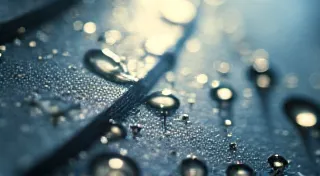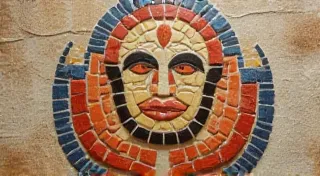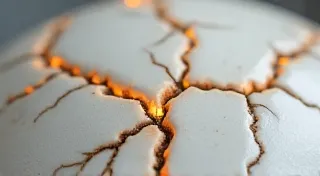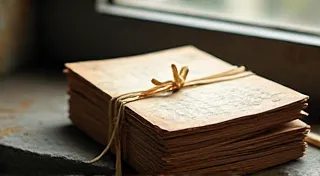Guardians of Ink: Maintaining the Legacy of Vintage Pen Collections
There's a certain reverence that settles over you when handling a vintage calligraphy pen. It’s more than just holding a writing instrument; it’s holding a piece of history, a tangible link to an era of meticulous craftsmanship and deliberate artistry. Imagine the hands that once held this pen – the calligrapher painstakingly crafting invitations, the poet composing verses, the clerk diligently recording transactions. These pens weren't disposable; they were treasured possessions, passed down through generations, each scratch and imperfection a testament to a life lived and stories told. And now, they’re in your care.
For those of us drawn to collecting and preserving these relics, we become more than just owners. We become guardians – protectors of ink, whispers of the past, and caretakers of a legacy that deserves to be cherished and passed on. But safeguarding such delicate objects requires more than just admiration; it demands understanding and careful maintenance.
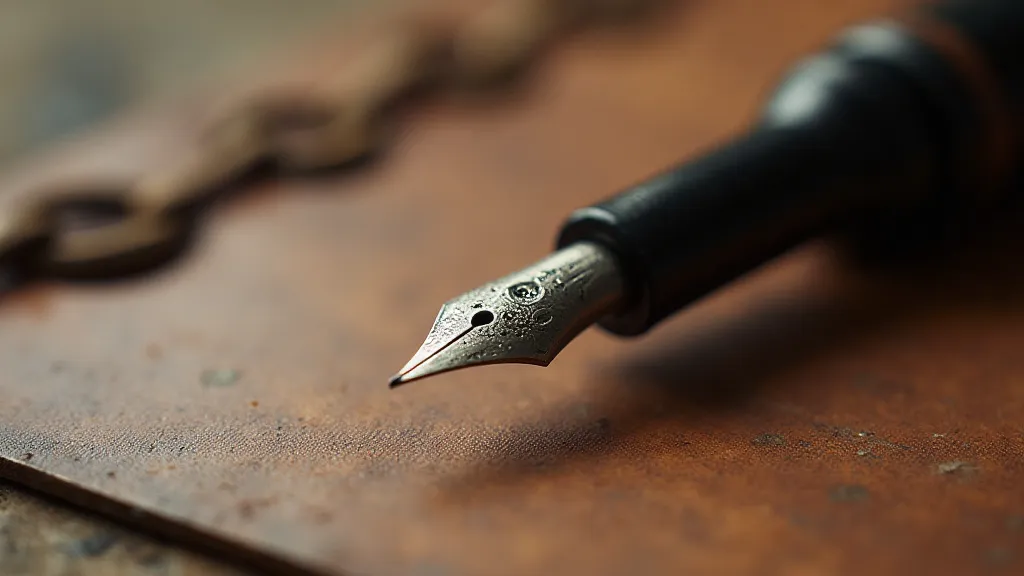
The Allure of the Past: A Brief History
The evolution of the calligraphy pen is intertwined with the history of writing itself. Early quills, meticulously crafted from goose feathers, were the first iteration, demanding a significant investment of time and skill both in their creation and use. The invention of the metal nib – often steel, but also gold – in the 19th century marked a turning point, offering greater durability and more consistent ink flow. Companies like Spencerian, Mitchell, and Watermans became synonymous with quality, producing a dazzling array of nib styles and designs, each suited to a specific script or purpose. Early plastic pens followed, often imitating the elegance of their metal counterparts, though their longevity proved less certain.
Think about the social context too. Calligraphy wasn’t a hobby; it was a vital skill. Beautiful handwriting signified literacy, status, and refinement. These pens were tools of trade and symbols of prestige. Owning one connected you to that world of artistry and elegance. The materials themselves played a critical role – the grade of steel, the purity of the gold, the composition of early plastics all contributed to the pen’s character and longevity. Understanding these materials and how they degrade over time is essential for responsible care and preservation – a subject explored in more detail in The Collector’s Lexicon: Understanding Pen Materials and Their Degradation.
Gentle Care: Basic Cleaning & Storage
The first line of defense against deterioration is consistent, gentle cleaning. Accumulated ink, particularly if it’s acidic, can corrode metal and stain early plastics. The process is surprisingly simple, though patience is key. Avoid harsh chemicals! Warm water and a soft cloth are often enough to remove surface ink. For more stubborn deposits, a very mild soap – like baby soap – diluted in water can be used, but rinse thoroughly and dry immediately.
Never soak the pen entirely. This can damage internal components or, in the case of pens with early plastics, lead to discoloration or brittleness. Avoid using abrasive cleaners, as these will scratch the surface and diminish the pen's beauty. A cotton swab is ideal for reaching intricate areas.
Storage is equally important. Protect your pens from direct sunlight, extreme temperatures, and humidity. A pen case lined with felt or a padded box offers excellent protection. Storing pens horizontally can help prevent ink from settling in the nib, while keeping the cap securely fastened prevents drying and damage. The fragility of these historical artifacts, and the challenges associated with repairing cracks in a fragile antique pen, are topics worth considering for any serious collector.
The Delicate Art of Nib Adjustment
The nib – the heart of the calligraphy pen – is often the most fragile part. Over time, nibs can become bent or misaligned, leading to scratchy writing or inconsistent ink flow. While wholesale repairs are best left to experienced professionals, minor adjustments can often be made at home with the right tools and a steady hand.
A simple tool like a small pair of pliers or a specialized nib aligner can be used to gently coax the tines – the two metal strips that form the nib – back into alignment. The key is to work slowly and deliberately, making tiny adjustments and testing the nib’s performance after each adjustment. Don't force anything! The goal isn’t to achieve perfection, but rather to improve the nib's functionality and writing experience.
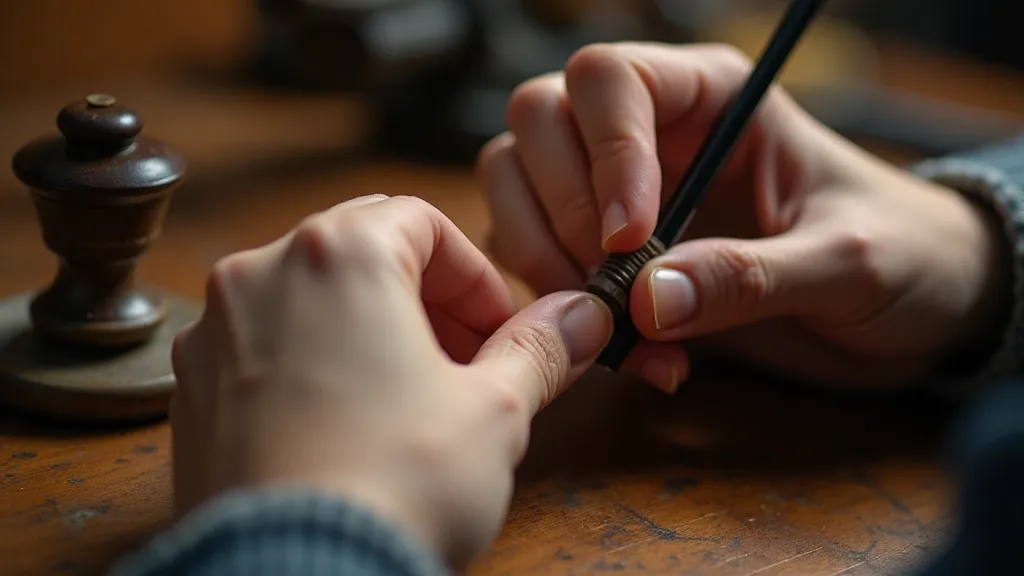
A tiny bit of valve green or cape cod oil can be added after any nib adjustment or cleaning to lubricate the nib and prevent corrosion. Less is more – a single drop is usually sufficient. Remember to wipe away any excess oil to prevent ink clogging. The unique challenges that arise when addressing common pen maladies – beyond simple cleaning and alignment – can be surprisingly complex, and require a dedicated approach.
Dealing with Early Plastic Decay
Early plastics – celluloid, Bakelite, and others – are notoriously susceptible to deterioration. They can become brittle, crack, or discolor over time. While there’s no way to reverse this process entirely, careful handling and preventative measures can help slow it down.
Avoid exposing these pens to solvents or harsh chemicals, as these can accelerate the degradation process. Store them away from heat sources and direct sunlight. When handling brittle plastic pens, do so with extreme care to avoid accidental breakage. Don't attempt to polish or buff these materials, as this can further weaken the surface. The beauty of these pens lies in their patina – the marks of time and use. The stories these objects could tell, if they could speak, would be incredible – imagine the documents signed, the letters written, the moments captured!
More Than Just Objects: A Legacy to Preserve
Restoring and maintaining vintage calligraphy pens is about more than just preserving objects. It’s about preserving a piece of history, a connection to a bygone era of artistry and craftsmanship. It's about recognizing the human story embedded in each pen – the calligrapher who wielded it, the document it signed, the moments it captured. Imagine the dedication and skill required to master the art of calligraphy, and the importance of preserving these tools that facilitated that artistry.
Consider the stories these pens could tell if they could speak. Imagine the letters written, the announcements drafted, the declarations signed. We are not simply owning a pen; we are inheriting a legacy. It's not just about the physical restoration of the pen itself, but also about uncovering its history, its provenance – the chain of ownership that links it to the past. Exploring these lost narratives can be as rewarding as the physical care of the object itself.
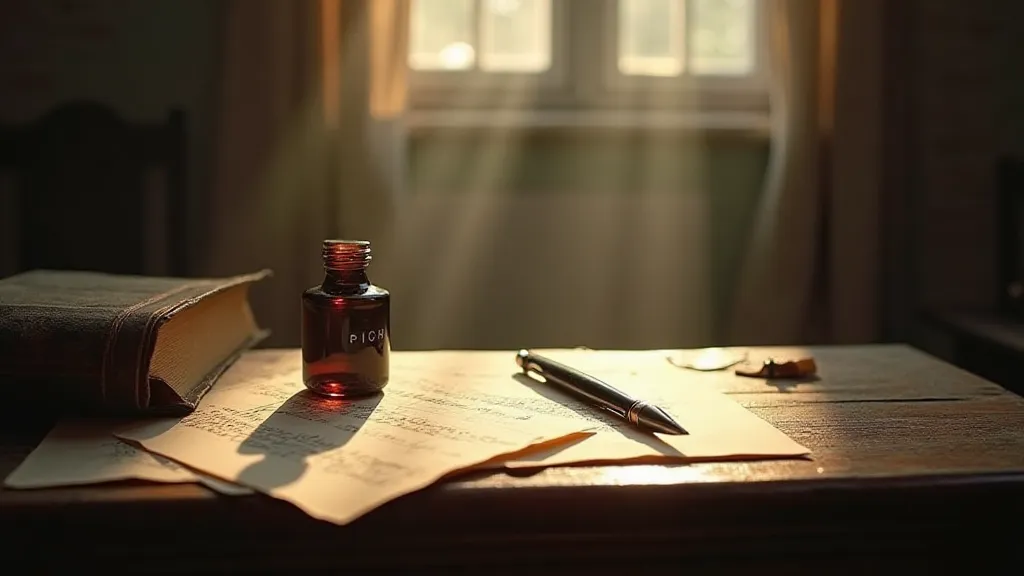
By embracing the role of guardian, we ensure that these beautiful and functional objects continue to inspire and delight future generations, carrying with them the whispers of the past and a testament to the enduring power of human creativity. These pens, these stories, deserve to be remembered. The careful examination of these objects allows us to better understand the society that created them, and the role they played in shaping our world. Learning how to repair cracks and restore a pen requires a deep appreciation for its craftsmanship and a commitment to preserving its historical significance. Every imperfection tells a story, and it is our responsibility to safeguard those stories for posterity.
Further exploration into the art of uncovering the history of a forgotten pen is detailed in Penumbra of Memory: Restoring the Shadowed History of a Forgotten Pen.

